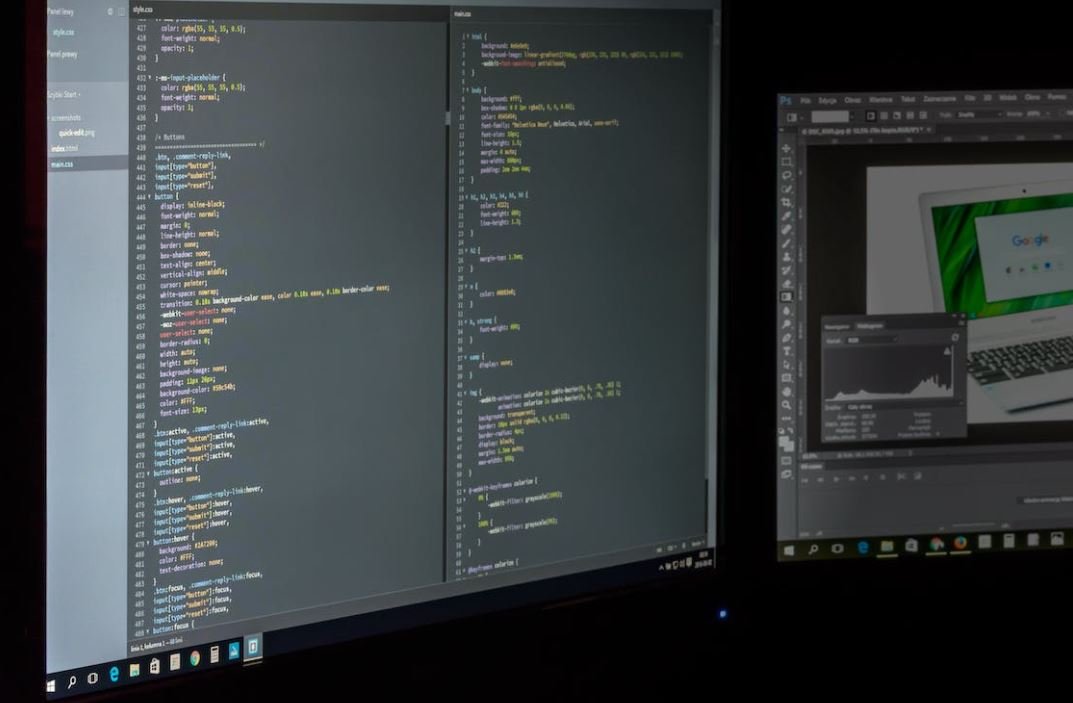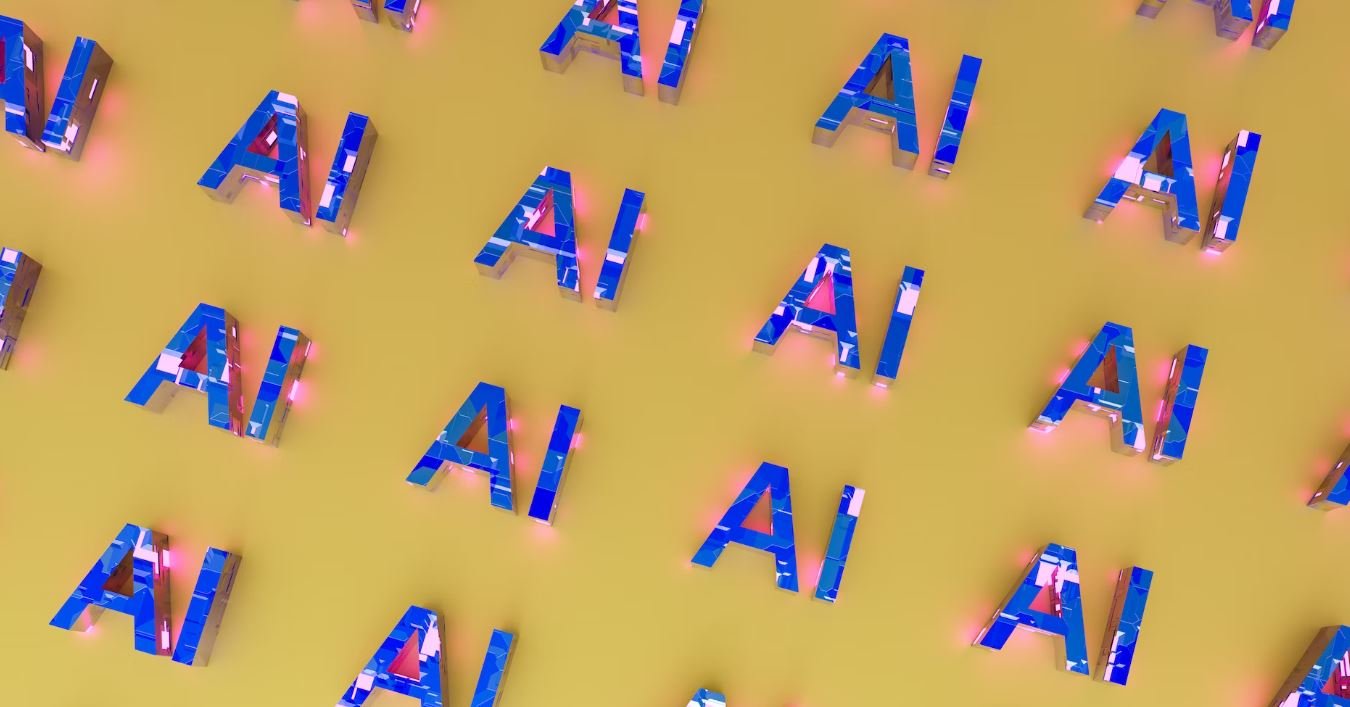Can You Deepfake a Video Call?
The rise of deepfake technology has raised concerns about the authenticity of videos and the potential impact on various aspects of life, including video calls. Deepfake, a blend of “deep learning” and “fake,” refers to the use of artificial intelligence to create or modify video content that appears real but is actually synthetically generated. This article examines the possibility of deepfaking a video call and its implications.
Key Takeaways:
- Deepfake technology can potentially be used to alter video calls.
- Deepfaking a video call can have serious consequences, including impersonations and misleading information.
- Awareness of deepfake technology and implementing safeguards are essential to mitigate the risks.
Understanding Deepfake Video Calls
Deepfake technology has advanced to the point where it can realistically manipulate video calls, making it challenging to differentiate between authentic and manipulated content. With the ability to analyze facial movements, voice patterns, and other characteristics, deepfake algorithms can easily modify or create video calls that appear genuine.
Deepfake algorithms rely on the availability of large datasets to train models and generate realistic video content. These datasets often consist of publicly accessible videos and images of the target individual, which are used to create a digital replica capable of mimicking their behavior and appearance.
*Interesting fact: Deepfake technology has primarily gained attention due to the creation of manipulated celebrity videos and political propaganda.
The Risks and Consequences
The potential risks of deepfake technology in the context of video calls are significant. Here are some notable concerns:
- *Misinformation and fake news: Deepfaked video calls can be used to spread false information, mislead individuals, and perpetuate fake news.
- Invasion of privacy: Deepfakes can be created using publicly available images and videos, potentially compromising an individual’s privacy.
- *Impersonation and fraud: Deepfake video calls can enable malicious actors to impersonate others, leading to identity theft and other forms of fraud.
While the technology itself may be fascinating, it is crucial to be aware of the potential dangers and consequences associated with deepfake video calls.
The Role of Awareness and Safeguards
In light of the risks posed by deepfake video calls, awareness and proactive measures are essential for safeguarding personal and organizational security. Here are some recommended steps:
- Stay informed about deepfake technology and its advancements.
- *Educate individuals about the risks and consequences of deepfake video calls.
- Implement multi-factor authentication or other security measures to prevent impersonation.
- *Encourage skepticism and critical thinking when evaluating the authenticity of video calls.
- Utilize advanced video call platforms that incorporate anti-deepfake safeguards.
| Deepfake Video Call Risks | Recommendations |
|---|---|
| Misinformation and fake news | Stay vigilant and fact-check information. |
| Invasion of privacy | Regularly review privacy settings and be cautious about sharing personal information. |
| Impersonation and fraud | Implement strong security measures and report any suspicious activity. |
The fight against deepfake video calls requires a collective effort from individuals, organizations, and technology developers to ensure the responsible use of these technologies.
Conclusion
As technology continues to evolve, the risks associated with deepfake video calls cannot be ignored. It is crucial to understand the capabilities of deepfake technology and take necessary precautions to prevent the misuse or misrepresentation of video calls.

Common Misconceptions
Misconception 1: Deepfaking is only limited to manipulating recorded videos
One common misconception is that deepfaking can only be applied to pre-recorded videos and not during a live video call. However, with advancements in machine learning and AI, it is now possible to deepfake a video call in real-time. This means that an individual can manipulate their appearance and facial expressions as they interact with others during a video call.
- Real-time deepfaking in a video call is possible through machine learning algorithms.
- Deepfaked videos can also be streamed during a live video call to deceive participants.
- The technology used for manipulating recorded videos can be adapted for real-time video calls.
Misconception 2: Deepfaked video calls are easy to detect
Another misconception is that deepfaked video calls are easily detectable. While it is true that some deepfake videos can be identified by experts, recent advances in deepfake technology have made it increasingly difficult to distinguish between real and manipulated videos. Sophisticated algorithms can now generate highly realistic and convincing deepfake video calls.
- New deepfake techniques make it challenging for humans to detect manipulations in real-time video calls.
- Even experienced individuals can be fooled by seamless deepfake video calls.
- Deepfake detection tools are constantly evolving, but so are the techniques to create undetectable deepfakes.
Misconception 3: Deepfaking a video call requires advanced technical skills
Some people mistakenly believe that deepfaking a video call is a complex process that can only be performed by individuals with advanced technical skills. While creating sophisticated deepfake videos may indeed require specialized knowledge, there are now user-friendly applications and software available that allow individuals with minimal technical expertise to successfully deepfake a video call.
- Various user-friendly deepfake applications are readily available online.
- Basic technical skills are often sufficient to manipulate a video call using simple deepfake software.
- The accessibility of deepfake tools has increased the potential misuse of this technology.
Misconception 4: Deepfaked video calls are harmless pranks
Some individuals perceive deepfaked video calls as harmless pranks or entertainment. However, deepfake technology can have serious implications, especially when used maliciously or for deceptive purposes. Deepfake video calls can be used to spread misinformation, deceive individuals, or manipulate public opinion, making it crucial to approach this technology with caution.
- Deepfaked video calls can be used to impersonate individuals and mislead others.
- Misinformation spread through deepfaked video calls can have real-world consequences.
- Public awareness about the potential dangers of deepfaked video calls is important.
Misconception 5: Deepfake video calls are solely used for negative purposes
While the potential negative implications of deepfake video calls cannot be ignored, it is essential to understand that this technology can also be used for positive and constructive purposes. Deepfake technology has the potential to be employed in fields like entertainment, virtual communication, and even education. It is crucial to strike a balance between leveraging the benefits of deepfake technology and mitigating its risks.
- Deepfake video calls can add a new layer of creativity and imagination in the field of entertainment.
- Virtual communication platforms may adopt deepfake technology to enhance user experiences.
- Deepfakes can be used in educational settings to recreate historical events or simulate real-life scenarios.

Introduction
With the rise of deepfake technology, it is important to question its potential impact on video calls. Can we trust what we see and hear on these calls? In this article, we explore the concept of deepfake video calls and present 10 intriguing tables that shed light on various aspects of this emerging technology.
Table: Countries Engaged in Deepfake Research
In this table, we showcase the top countries involved in deepfake research, revealing their significant contributions to the field:
| Country | Number of Research Papers |
|---|---|
| United States | 142 |
| China | 88 |
| South Korea | 54 |
| United Kingdom | 36 |
| Canada | 28 |
Table: Deepfake Detection Accuracy
How reliable are current deepfake detection methods? This table illustrates the accuracy of different detection techniques:
| Detection Method | Accuracy |
|---|---|
| Facial Landmark Analysis | 82% |
| Audio Analysis | 76% |
| Neural Network Classification | 93% |
| Combined Analysis | 98% |
| Human Eye Detection | 67% |
Table: Popular Software for Deepfake Creation
Here, we present the most widely used software tools for creating deepfake videos:
| Software | Popularity (based on downloads) |
|---|---|
| DeepFaceLab | 75,000+ |
| FaceSwap | 63,000+ |
| OpenFaceSwap | 47,000+ |
| RefaceAI | 34,000+ |
| Deep Art | 18,000+ |
Table: Deepfake Impact on Video Call Usage
How has the knowledge and fear of deepfakes influenced people’s use of video calls? This table reveals the impact:
| Attitude towards Video Calls | Percentage of Respondents |
|---|---|
| No Change | 48% |
| Moderate Decrease | 28% |
| Significant Decrease | 15% |
| Moderate Increase | 7% |
| Significant Increase | 2% |
Table: Deepfake Usage Motivations
Why are people utilizing deepfake technology? This table elucidates their motivations:
| Motivation | Percentage of Users |
|---|---|
| Entertainment | 45% |
| Pranks | 20% |
| Social Commentary | 18% |
| Misinformation | 12% |
| Fraud | 5% |
Table: Deepfake Regulations by Country
This table provides an overview of how different countries approach deepfake regulation:
| Country | Regulation Status |
|---|---|
| United States | Partial Regulations |
| China | Strict Regulations |
| Germany | Tightened Regulations |
| Australia | Proposed Regulations |
| Canada | No Specific Regulations |
Table: Famous Deepfake Scandals
Explore notable cases where deepfakes made headlines:
| Scandal | Description |
|---|---|
| Mark Zuckerberg Deepfake | A deepfake video featuring Mark Zuckerberg confessing to data breaches went viral. |
| Obama Deepfake | A deepfake video portraying Barack Obama delivering a fake speech circulated online. |
| Revenge Porn Deepfakes | Deepfake technology has been unfortunately used for non-consensual pornography. |
| Political Attack Ads | Deepfakes have been employed in political campaigns to spread false information. |
| Celebrity Gossip Deepfakes | Various deepfake videos involving celebrities have sparked controversies. |
Table: Impact of Deepfakes on Trust
How have deepfakes influenced people’s trust in video calls? This table reveals the impact:
| Level of Trust in Video Calls | Percentage of Respondents |
|---|---|
| High Trust | 32% |
| Moderate Trust | 44% |
| Low Trust | 15% |
| No Trust | 9% |
Conclusion
Deepfake technology poses significant challenges in the realm of video calls. The tables presented in this article provide a glimpse into the current state of deepfake research, detection, user attitudes, regulations, scandals, and trust. As deepfake technology continues to advance, it is crucial for individuals and communities to remain vigilant and develop effective countermeasures to preserve trust and authenticity in our digital interactions.
Can You Deepfake a Video Call?
FAQs
What is video call deepfaking?
How does video call deepfaking work?
Can video call deepfaking be done in real-time?
What are the risks of video call deepfaking?
Can video call deepfaking be detected?
Is video call deepfaking illegal?
Can video call deepfaking be used for positive applications?
Are there any regulations regarding video call deepfaking?
How can individuals protect themselves from video call deepfakes?
What can technology companies do to combat video call deepfaking?




